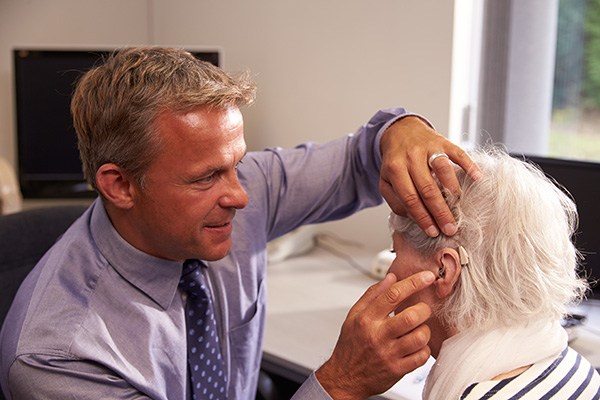How to Choose the Best Hearing Aid for Your Lifestyle
Choosing the right hearing aid isn’t just about finding something


Choosing the right hearing aid isn’t just about finding something

When a child has hearing loss, it affects far more than just their ability

When we think about threats to our hearing health, loud concerts or aging